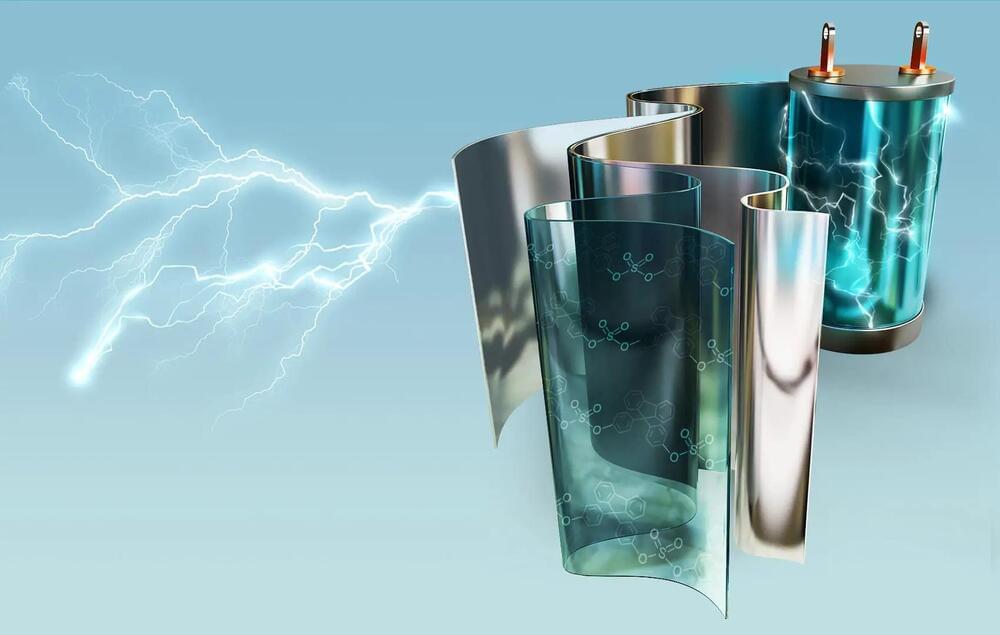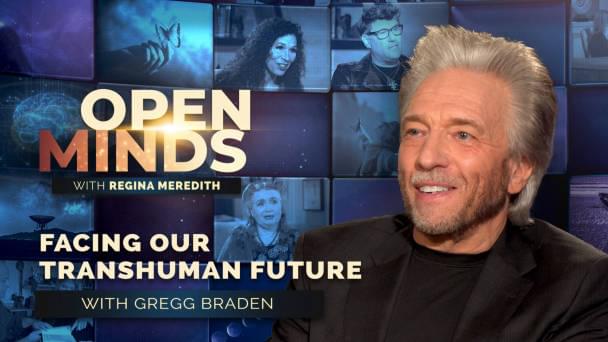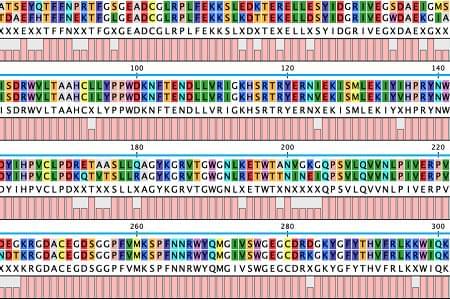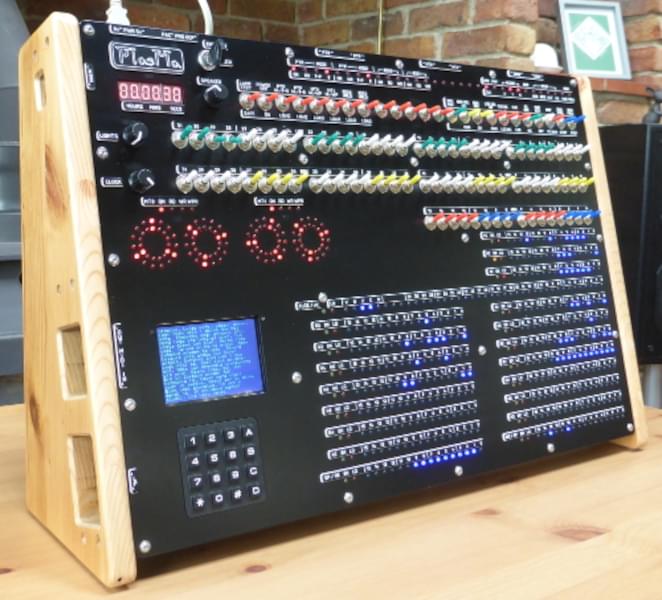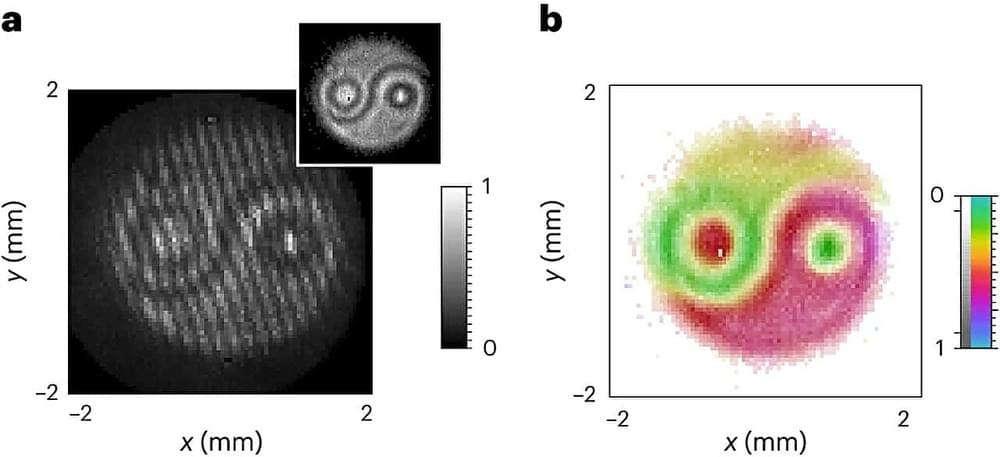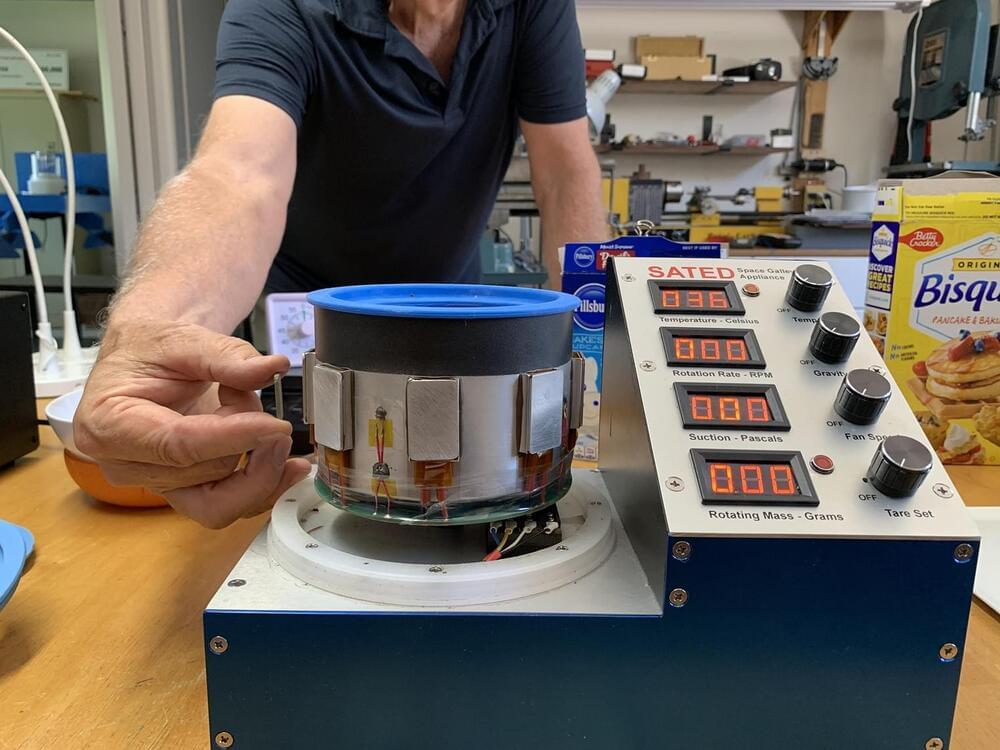Aug 23, 2023
Reverse-Engineering — How Do Hackers Debug & Hack System Software/Services
Posted by Shubham Ghosh Roy in categories: cybercrime/malcode, education, robotics/AI
In this video i will show everyone the Theoretical & Practical side of understanding and learning Reverse-Engineering, to modify Machine-Code/Code overall in the Memory inside Binary Software Files on Systems, and also the Fundamentals about the System Architechture x64/x32-x86 Bit, as how it works in the smallest of Bits/Bytes form on the Memory-Layout Architechture. I will be showing a variety of Techniques like Cracking Games, Manipulating basic “Hello World” compiled C++ code Binary, and overall i will show different kind of Debugging/Reverse-Engineering Techniques on the Tool x64DBG.
- Educational Purposes Only.
If the Video was helpful and useful for learning Reverse-Engineering in a sense to understand Problematic Bugs/Vulnerabilities or Code in a Binary, subscribe for more videos!. Thanks.
Continue reading “Reverse-Engineering — How Do Hackers Debug & Hack System Software/Services” »

